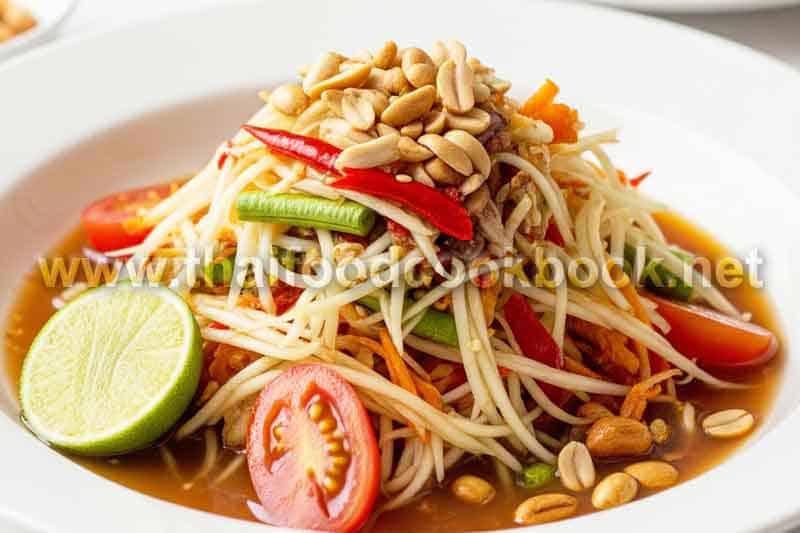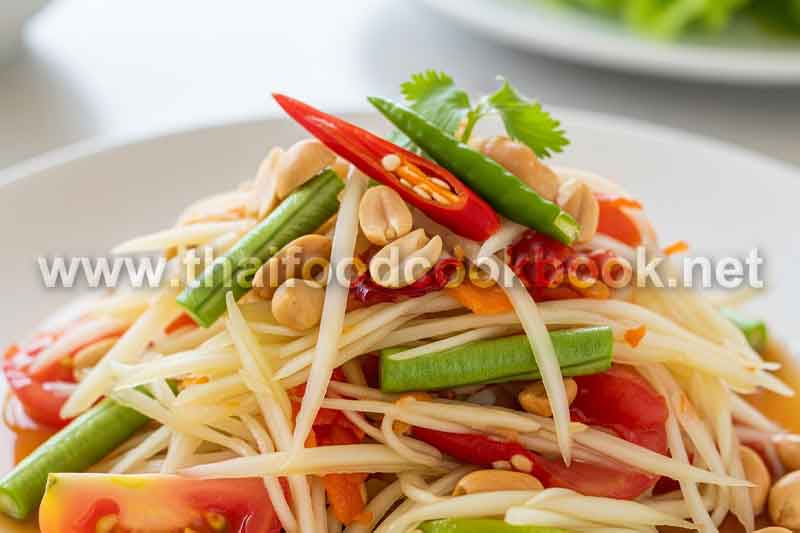How to keep stir-fry vegetables crisp not soggy
Many home cooks struggle with how to keep stir-fry vegetables crisp not soggy, especially when using water-rich vegetables like bok choy, carrots, snap peas, or broccoli. The key is fast cooking over high heat so the vegetables retain their natural crunch without releasing excess moisture. Proper preparation steps such as cutting vegetables into uniform pieces, drying them thoroughly before stir-frying, and heating the wok until it lightly smokes all play a crucial role in preventing sogginess. When you understand how moisture, heat, and timing work together, it becomes easier to achieve crisp results. You can also learn traditional wok-cooking techniques from this stir-fry method used by Thai chefs to retain color and texture in vegetables.
Why vegetables become soggy during stir-frying
The most common reason vegetables turn soft or soggy is because steam builds up in the wok when there is too much moisture or the heat is too low. Vegetables contain a high percentage of water that quickly escapes once heat is applied. If the wok is crowded or wet, the vegetables will steam in their own liquid instead of searing. This also causes vitamins and color to escape. The goal of proper stir-frying is to keep the vegetables in constant contact with high heat so they sear quickly and retain firmness.
- Low heat causes steaming rather than searing
- Overcrowding the wok traps moisture
- Washing vegetables without drying them adds extra water
- Too much sauce increases moisture content
- Cooking for too long softens fiber structure
Preparation techniques for crisp and vibrant vegetables
Great stir-fry texture begins before the vegetables ever touch the wok. Preparation ensures the vegetables have minimal surface moisture and enough room to breathe over high heat. Start by cutting all vegetables into even sizes so they cook at the same rate. High-moisture vegetables like mushrooms or zucchini benefit from a quick pat-dry before cooking. Make sure your wok is fully heated before adding oil, allowing the vegetables to sear instantly upon contact. Adding sauce only at the final moments keeps water release under control and preserves crunch.
- Cut vegetables into uniform sizes
- Dry thoroughly after washing
- Preheat the wok until lightly smoking
- Cook vegetables in small batches
- Add sauce at the end, not the beginning
Professional chef strategies for wok-tossed vegetables that stay crisp
Thai and Chinese chefs maintain crisp vegetables by relying on high heat, rapid motion, and controlled moisture. They cook different vegetables separately based on density—firmer ones like carrots or broccoli go in first, and delicate ones like snow peas or bean sprouts are added last. Another advantage is preheating oil and wok space, which sears vegetables instantly. Professionals also use small, quick portions to prevent water accumulation. When done correctly, vegetables stay bright, flavorful, and crunchy with a tender snap.
Final summary
Learning how to keep stir-fry vegetables crisp not soggy is all about heat, moisture control, and timing. By drying produce thoroughly, cooking smaller batches, searing instead of steaming, and finishing with sauce at the end, you protect their texture and color. Stir-fry success relies on a hot wok, fast tossing, and portion discipline. If you want more guidance on wok temperature and timing, see this how to stir-fry breakdown for deeper technique mastery.
Summary of the entire article
This guide explains how to keep stir-fry vegetables crisp not soggy by using high heat, proper preparation, small-batch cooking, and moisture control to prevent steaming and texture loss.

